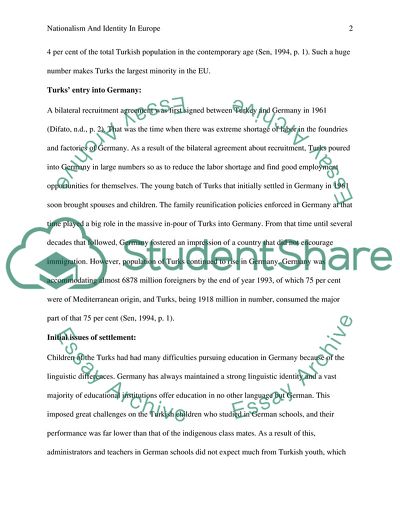Cite this document
(Nationalism and Identity in Europe Coursework Example | Topics and Well Written Essays - 2000 words, n.d.)
Nationalism and Identity in Europe Coursework Example | Topics and Well Written Essays - 2000 words. Retrieved from https://studentshare.org/social-science/1749203-nationalism-and-identity-in-europe
Nationalism and Identity in Europe Coursework Example | Topics and Well Written Essays - 2000 words. Retrieved from https://studentshare.org/social-science/1749203-nationalism-and-identity-in-europe
(Nationalism and Identity in Europe Coursework Example | Topics and Well Written Essays - 2000 Words)
Nationalism and Identity in Europe Coursework Example | Topics and Well Written Essays - 2000 Words. https://studentshare.org/social-science/1749203-nationalism-and-identity-in-europe.
Nationalism and Identity in Europe Coursework Example | Topics and Well Written Essays - 2000 Words. https://studentshare.org/social-science/1749203-nationalism-and-identity-in-europe.
“Nationalism and Identity in Europe Coursework Example | Topics and Well Written Essays - 2000 Words”. https://studentshare.org/social-science/1749203-nationalism-and-identity-in-europe.


